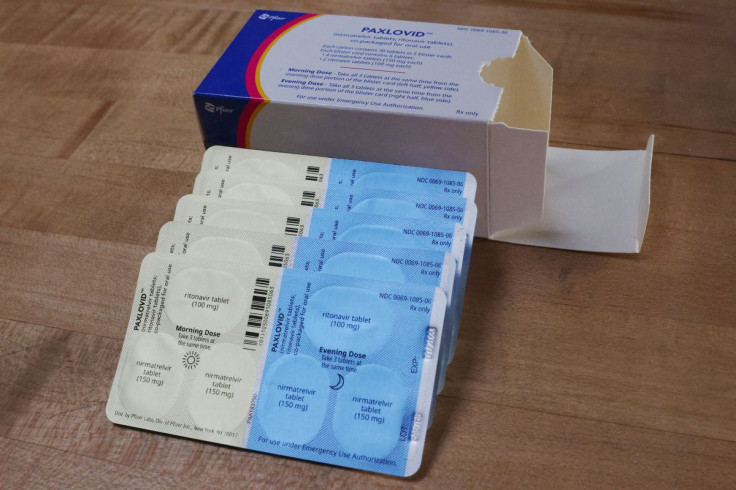Underutilization Of Life-Saving COVID-19 Drugs May Have Led To More Deaths: 'Systemic Failure'
KEY POINTS
Remember Paxlovid, the wonder drug given to President Joe Biden when he caught COVID-19? Well, it seems antivirals like Paxlovid and Molnupiravir did not find their way to most people infected with the SARS-COV-2 virus.
A new research paper, published Wednesday by the Covid States Project, pointed out that these two life-saving drugs were underutilized in the U.S. and this could have led to many deaths that were otherwise avoidable.
Paxlovid and Molnupiravir are not your everyday medicines. These are miracle anti-viral drugs that, according to the CDC, are generally used at the onset of symptoms to weaken the progression of the disease. In fact, Paxlovid has been shown to reduce death rates by a factor of 10.
Life-saving COVID-19 treatments didn't make it to US patients recently infected, study finds @northeastern https://t.co/B1XuDW5cHk
— Medical Xpress (@medical_xpress) August 25, 2022
The study has renewed concerns about whether the federal government's often-criticized COVID-19 response led to preventable deaths.
A nationwide survey was conducted by the researchers between June 8 and July 6, which included 24,414 participants. Out of them, 43% admitted they had been recently infected with COVID-19; and of those who were sick from May to early July, only 11% had taken the antivirals, the data showed.
"These data suggest a tremendous lost opportunity, where many of the approximately 200,000 deaths from COVID-19 since January 1, 2022, might have been prevented with the timely use of antivirals," the study authors said.
The research team reweighted the data "using demographic characteristics to match the U.S. population with respect to 2020 vote choice and turnout, race/ethnicity, age, gender, education and living," MedicalXpress reported.
David Lazer, a co-author of the research, said the data exposes "systemic failures" in getting people treated.
While acknowledging that new variants could influence projections, Lazer said, "It is plausible that 100,000 to 150,000 lives could be saved this next year by a more aggressive use of antivirals."
The researcher does not attribute the under-utilization of these treatments to lack of availability.
"I don't think it's about availability," he said. "It could be that it's just not in the right places all the time; that there is enough of it but not enough of it in every place."
Researchers noted that around 400 COVID-related deaths are happening every day in the U.S. and if "the reasons for the limited use of medication treatment can be better understood," there are better chances of managing such cases.
"News reports have emphasized the 'Paxlovid rebound' (a return of a positive test after taking Paxlovid), rather than the high efficacy of the antiviral at preventing death," the authors wrote.
They also blame uneven distribution and improper guidance from federal agencies for "shortages and confusion at the state and local levels among eligible patients and their healthcare providers."

© Copyright IBTimes 2024. All rights reserved.





















